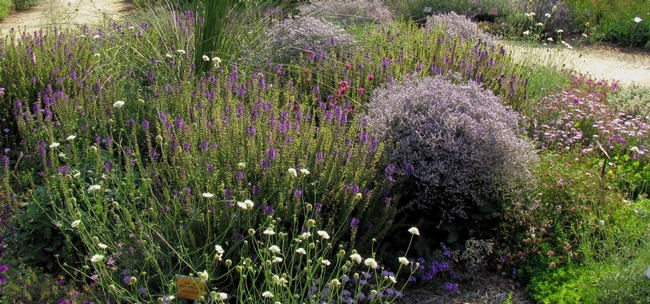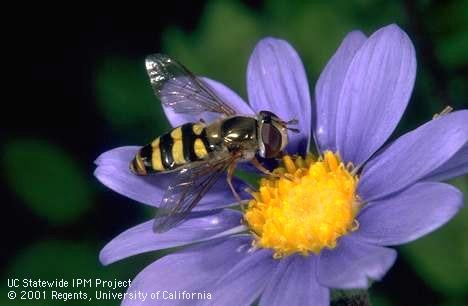
Ten years ago the U.S. Senate voted unanimously and created National Pollinator Week. This week reminds us of the vital role pollinators play in providing our world's fruits, nuts, seeds, and vegetables. According to the Pollinator Partnership, pollination produces nearly $20 billion worth of crops annually in the U.S.
Pollinators include bees, beetles, bats, butterflies, moths, and wasps. Many pollinators including bats, predatory wasps, and syrphid flies are also beneficial predators because they eat pest insects.
People often ask, “How can I protect pollinators and natural enemies in my garden?” The answer is to provide them food, shelter, and water, and avoid the use of certain pesticides that can kill beneficial insects.
Grow a combination of plants that are well-adapted to your area and flower sequentially to provide nectar and pollen for bees and other beneficial insects throughout the year. Certain crops, edible landscapes, and ornamentals that are aesthetically pleasing can serve as insectary plants that attract, feed, and shelter beneficial insects.
Use integrated pest management (IPM)

To help you choose a pesticide, look up the product's active ingredient in the University of California (UC) IPM Pesticide Active Ingredients Database. This resource lists each pesticides' relative hazard to honey bees, natural enemies, people and other mammals, and water quality.
For more information, see UC's How to Attract and Maintain Pollinators in Your Garden (PDF), Insectary Plants, and Protecting Natural Enemies and Pollinators.